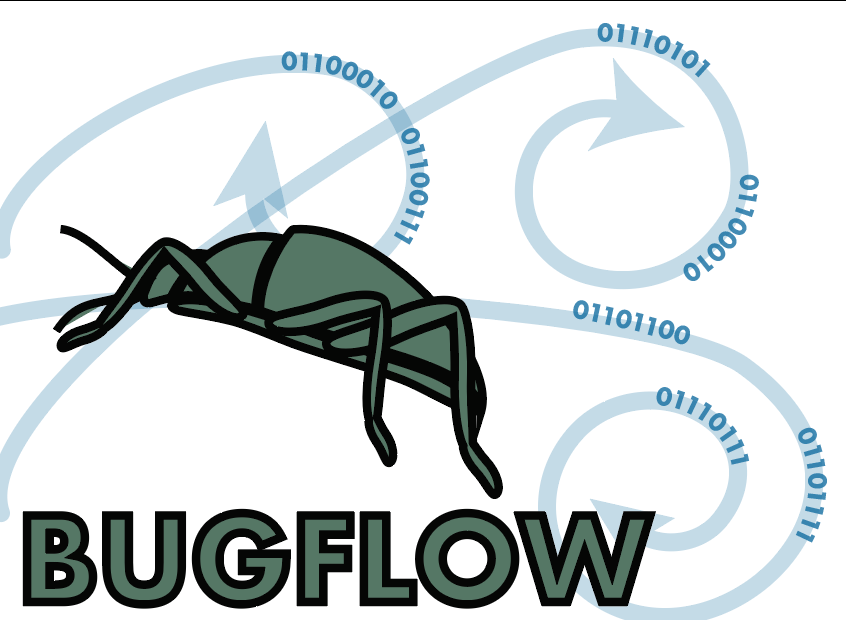Module 1E: Collections Profiling
Module Purpose:
This module will go over how to engage in collections profiling, also known as standardized collection health assessment, where metadata is gathered about containers and specimens in those containers to create a picture of the collection and its health as a whole. Data typically gathered includes conservation status, processing state, container condition, label(s) condition, identification level, arrangement level, data quality, computerization level, & estimated number of specimens. This can be combined/done concurrently with Module 1A: Inventory and Taxonomy Update.
Module Keywords:
pre-digitization, collection health, containers, conservation, levels
| TaskID | Task Name | Explanations and Comments | Resources |
|---|---|---|---|
| T1 | Define categories to be profiled | Generally, collections are profiled based on preservation method (e.g. comparing conservation of vial preservation to pinned specimens is not a good idea. Pinned, ethanol, enveloped, and slide collections are typically the top four in arthropod collections. | Suggested categories: INHS Profiling paper |
| T2 | Define “units” of profile | Generally containers that will be labeled are profiled. Drawers, vial racks, and slide boxes are a good examples, but individual unit trays or jars could be profiled as well. | Suggested units: INHS Profiling paper |
| T3 | Define and create controlled vocabularies for “indicators” | Indicators are shared across preservation types, but may have different attributes depending on the method of preservation. For example, conservation status will have different controlled vocabularies for wet-preserved and pinned specimens, but both are evaluated for conservation status. | Suggested categories: INHS Profiling paper |
| T4 | Define and rank indicator metrics. | Scores should have a scale, e.g. from 1-3, with 1 being problematic, and 3 being acceptable. Give specific examples of each category. For exacmple, for the indicator “Conservation status”, a dry collection would be given a score of 1 if there is evidence of pest infestation or obvious damage due to verdigris, a score of 2 if specimens are damaged but not degrading further, and a score of 3 if specimens are intact and stable. | |
| T5 | Decide if labeling will accompany profiling. | Labeling containers to be profiled as you go adds an extra layer of time and complexity, but generally adds value to the collections since you will probably be evaluating taxonomic level anyway. In addition, it provides an immediate tangible benefit to an otherwise completely digital task. | |
| T6 | Decide if creating a species index is also worthwhile. | ||
| T7 | Decide level of conservation action | If a worker sees a container with dermestid damage, for example, should they immediately freeze it or wait until multiple drawers have been identified? Generally, keep this to a minimum, since doing so will significantly slow down profiling. | |
| T8 | Gather material to be profiled. | ||
| T9 | Take conservation action, if necessary. | ||
| T10 | Score containers based on multiple metrics. | ||
| T11 | Stub label to be printed. | ||
| T12 | Repeat T5-T7, as necessary. | ||
| T13 | Once finished profiling for the day, mark the place you have finished. | ||
| T14 | Print out labels. | Print stubbed labels at this time to maximize task efficiency. Labeling can be done at the end of a unit, or as you go. |
Essential Training:
Define metrics that can be measured to assess success of workflows using this module
Module Metrics, Costing, and Reporting:
Define metrics that can be measured to assess success of workflows using this module (reference specific TaskIDs).
Outreach Opportunities:
List outreach opportunities that arise in workflows using this module (reference specific TaskIDs).
Exemplar Workflows:
Discussion:
No discussion yet. Open an issue and reference this module to start discussion.
